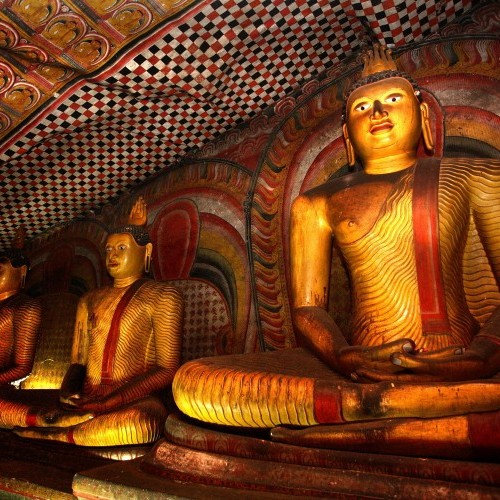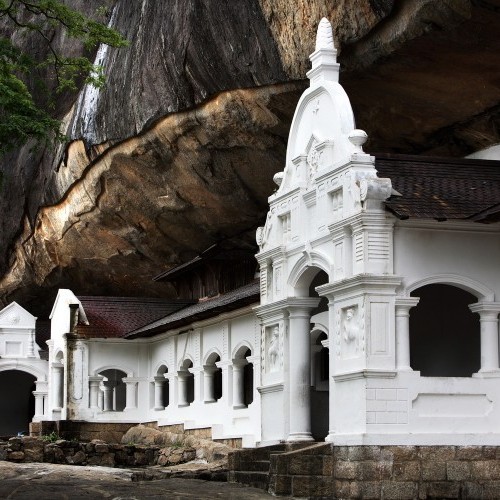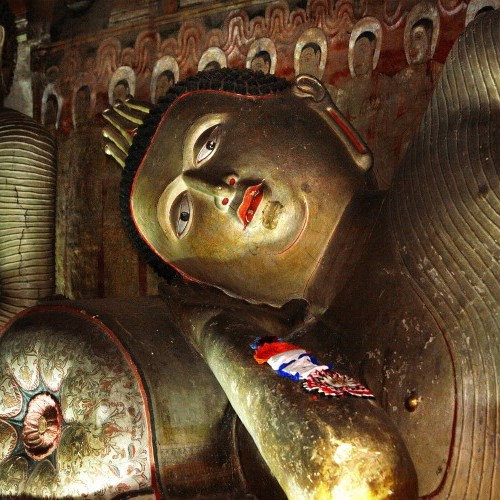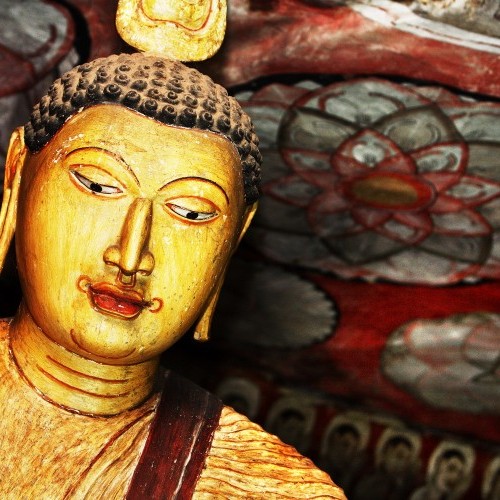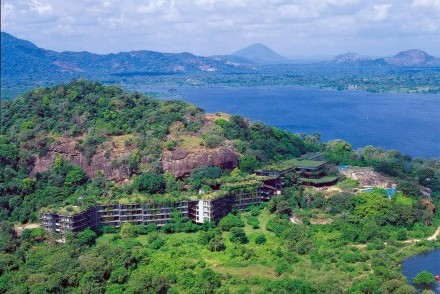Dambulla: Site Details
Cave Temples
All five caves at Dambulla are open for viewing:
- Cave I (Devaraja Viharaya)
- Cave II (Maharaja Viharaya)
- Cave III (Maha Alut Viharaya)
- Cave IV (Pascima Viharaya)
- Cave V (Devana Alut Viharaya)
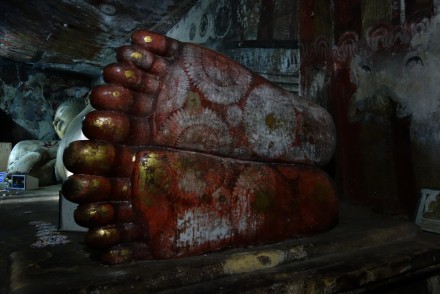
Cave I (Devaraja Viharaya)
Temple of the Lord of the Gods
The Devaraja Viharaya, or Temple of the Lord of the Gods, contains the huge reclining Parinirvana Buddha, which is 14 m long and carved out of solid rock. The frescoes behind Ananda, the Buddha's favourite pupil, are said to be the oldest in the site. Devaraja refers to the Hindu god Vishnu, said to have used his divine powers to create the caves.
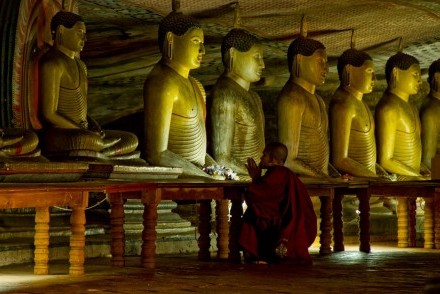
Cave II (Maharaja Viharaya)
Temple of the Great Kings
The second and largest cave is attributed to King Vattagamani Abhaya, although it has been altered several times over the centuries before being completely restored in the 18th Century. In addition to 16 standing and 40 seated statues of the Buddha are the gods Saman and Vishnu, which pilgrims often decorate with garlands, and also statues of King Vattagamani and King Nissanka Malla, responsible in the 12th Century of the gilding of 50 statues. The cave is accordingly called the Maharaja Viharaya, or Temple of the Great Kings.
A dagoba with eight seated Buddhas has been gouged out of the rock, while a spring which drips it water out of a crack in the ceiling is said to have healing powers. Valuable tempera paintings on the cave ceiling dating from the 18th Century depict scenes from the Buddha's life, from the dream of Mahamaya to temptation by the demon Mara. Further pictures relate important scenes from the country's history.

Cave III (Maha Alut Viharaya)
Great New Temple
The third cave, the Maha Alut Viharaya (Great New Temple), acquired ceiling and wall paintings in the typical Kandyan style during the reign of King Kirti Sri Rajasinha (1747-82), the famous Buddhist revivalist. In addition to the 50 Buddha statues, including an exquisitely carved reclining Buddha, there is also a statue of the king, and more paintings of thousands of the seated Buddha on the ceiling.
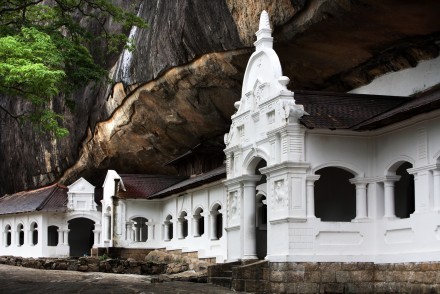
Cave IV (Pascima Viharaya)
Western Temple
The smallest cave, the Pascima Viharaya or Western Temple, had a fifth cave constructed later to its west and contains about 10 images. Unfortunately the stupa was damaged by thieves who came in search of Queen Somawathie's jewels.
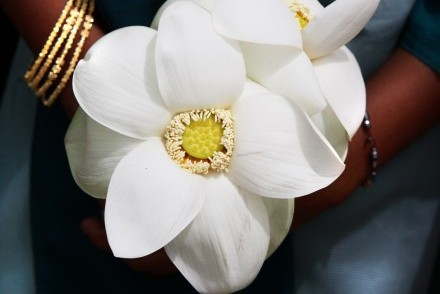
Cave V (Devana Alut Viharaya)
The Newest Cave
The newest cave, the Devana Alut Viharaya, was once used as a storeroom. The images here are built of brick and plaster and are consequently of inferior quality. In addition to the Buddha figures, images also include the Hindu deities Vishnu, Kataragama and Bandara (a local god).


